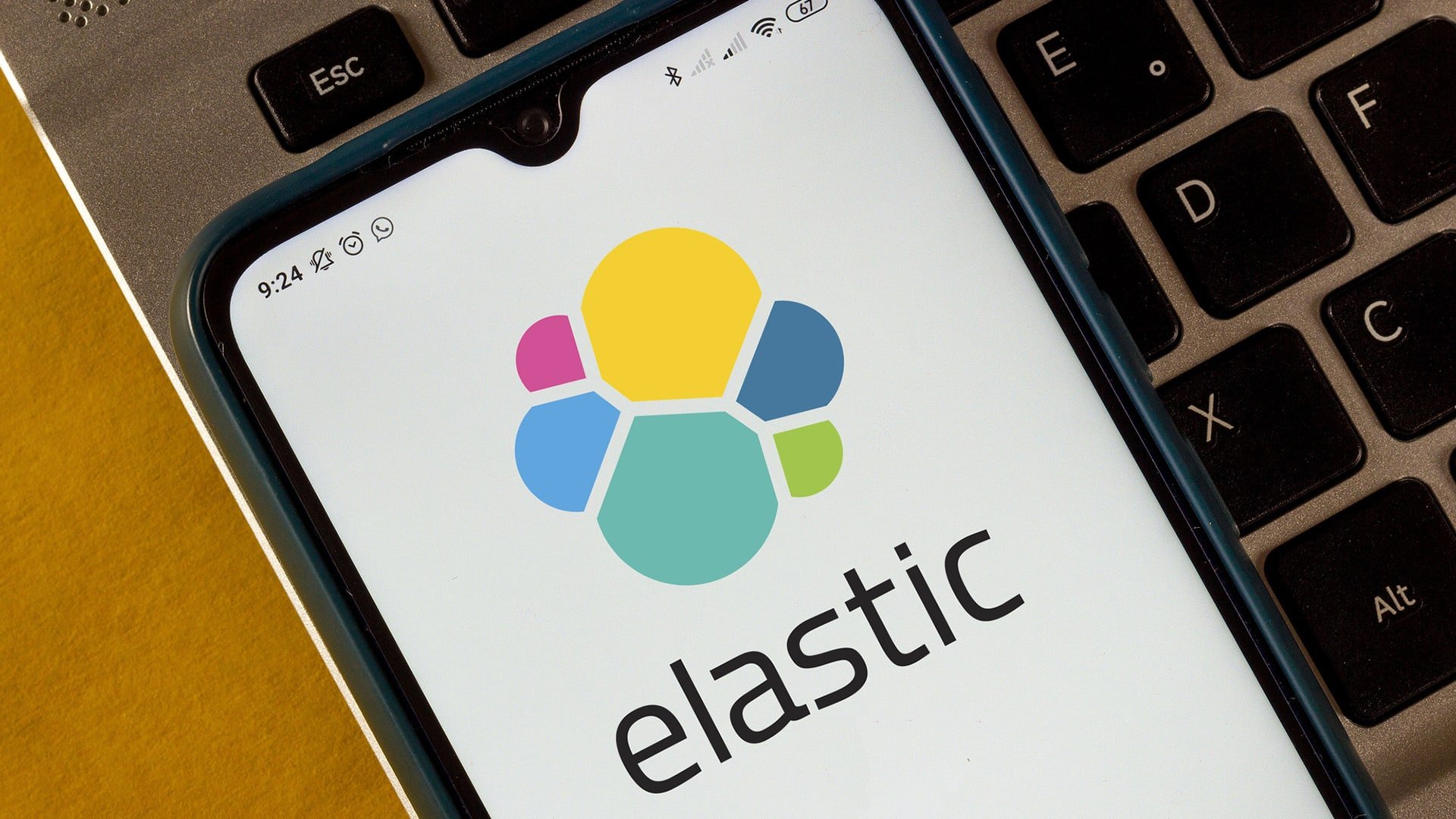Analyst(s): Mitch Ashley
Publication Date: March 4, 2025
Elastic Q3 FY2025 earnings report, highlighting overall revenue performance, growth in Elastic Cloud revenue, and continued innovation in Generative AI Retrieval Augmented Generation (RAG) while GAAP losses continue as a new CFO joins the leadership team.
What is Covered in this Article:
- Elastic Q3 FY2025 financial results
- Elastic Q4 and year-end FY2025 guidance
- Strong deal flow and growth due to the demand for generative AI applications
- Pivot to GenAI, RAG, and conversational search
- Elastic Cloud Search general availability
The News: Elastic reported total revenues of $382 million for Q3 FY2025, marking a 17% increase compared to the previous year. Elastic Cloud contributed $180 million, reflecting a 26% year-over-year growth. The company recorded a GAAP operating loss of $5 million, while its non-GAAP operating income was $64 million. GAAP net loss per share was $0.16, and operating cash flow was $88 million with an adjusted free cash flow of $99 million.
Elastic appointed the new financial leadership of Navam Welihinda, a HashiCorp and IBM veteran, as chief financial officer to play a key role in driving the company’s next phase of growth.
Looking to fiscal Q4 and 2025 year-end, Elastic provided revenue guidance of $379-$381 million and a fiscal 2025 year-end revenue guidance of $1.474-$1.476 billion. FY2025 non-GAAP operating margin is expected to be approximately 14.7%.
Elastic Q3 FY 2025 Delivers Strong Performance, Cloud, and GenAI Growth
Analyst Take: Elastic continued its strong performance during Q3 2025, indicating strong sales execution and improvements as the company focuses on high-value companies in the enterprise and mid-market segments. The company continues experiencing GAAP losses, which needs to be a significant focus for the new CFO, Navam Welihinda.
Elastic sees generative AI as a significant growth driver, with genAI often the leading topic in customer conversations. The company is experiencing strong deal flow and growth due to the demand for generative AI applications across all solution areas: search, observability, and security. Search, observability, and security remain staples of Elastic’s core business.
| Ability to integrate automation or AI | 33% |
| Ability to reduce risk associated with software issues/downtime | 29% |
| Ability to help optimize application performance | 28% |
| Ability to reduce our carbon footprint/environmental impact | 24% |
| Ability to help investigate and mitigate security threats | 24% |
| Ability to reduce the cost of application infrastructure spend | 24% |
| Ability to reduce the cost of operations | 22% |
Top 7 decision criteria for improving observability (or visibility). Futurum Research 2025 DevOps and Application Development Decision-Maker Data.
CEO Ashutosh Kulkarni describes AI as the “tip of the spear” that helps all parts of the business. As genAI attracts customers to Elastic’s vector database and Retrieval Augmented Generation (RAG) runtime platform, Kulkarni sees opportunities to bring additional efficiencies through the consolidation of workloads using their investment in Elastic.
With Q3 2025 revenues of $180 million (a 26% year-over-year increase), Elastic Cloud Serverless is seeing strong growth and is well-positioned to serve the cloud market. Elastic announced the general availability of Elastic Cloud Serverless in four AWS regions, simplifying the provisioning, scaling, and maintenance complexities of operating in the cloud. Ashutosh Kulkarni believes Elastic Cloud Serverless needs to be on all three major hyperscalers. Looking a few years down the road, he sees serverless as the primary way customers will experience Elastic Cloud.
| Not using serverless for our applications | 4% |
| Evaluating serverless for future use | 22% |
| Evaluating serverless for future use | 22% |
| Piloting serverless in limited applications | 25% |
| Using serverless in production for some applications | 35% |
| Using serverless extensively across most applications | 14% |
Organizations’ Adoption of Serverless. Futurum Research 2025 DevOps and Application Development Decision-Maker Data.
Pivot to GenAI, RAG, and Conversational Search
While search technologies like those of Elastic’s aren’t going away anytime soon, search is being disrupted by generative AI’s conversational user experiences (using natural language interface), increasingly complex and interactive questions, and content summarization and synthesis.
Elastic’s RAG platform front-ends large and small language models (LLMs/SLMs), incorporating data and information from various additional sources. This added value to AI brings content, domain-specific information, and up-to-date data to genAI searches without exposing that data to genAI models.
Elastic’s ability to keep new and existing customers on Elastic’s generative AI path rather than developing their own RAG solutions increases long-term customer value. It’s imperative that Elastic be in front of enterprise AI projects, communicating the value and capabilities customers already have as they increasingly move generative AI into production.
Additional Announcements and Innovations
In Q3 2025, Elastic delivered Elasticsearch logsdb index mode, available in the Enterprise tier. Logsdb index mode allows security and observability teams to optimize storage and extend log retention while keeping all data accessible for analysis in real time. Additionally, Elastic launched the Elastic Rerank Model, which enhances users’ search experiences while improving search accuracy and relevance across their Elasticsearch data.
In summary
As was true for Q2 2025, Elastic’s Q3 FY2025 results reflect a company growing rapidly and innovating aggressively but still grappling with profitability and market competition complexities. The strong overall year-over-year revenue growth and successes in generative AI bode well for Elastic. Persistent GAAP losses and needed efficiencies remain for Elastic. The AI market, particularly generative AI, continues to innovate at an unprecedented pace, creating the potential for new technologies and competitors to emerge. It’s important that Elastic continue to innovate and lower barriers to delivering AI into production, on-prem and in the cloud.
Disclosure: The Futurum Group is a research and advisory firm that engages or has engaged in research, analysis, and advisory services with many technology companies, including those mentioned in this article. The author does not hold any equity positions with any company mentioned in this article.
Analysis and opinions expressed herein are specific to the analyst individually and data and other information that might have been provided for validation, not those of The Futurum Group as a whole.
Other insights from The Futurum Group:
Elastic Q2 FY2025: Strong Cloud Growth, Leadership Shift Challenges Ahead
AI Agent and Hybrid Architecture: What It Means for Software Development
Maximizing ROI with Agentic AI: Why Agentforce Is the Fast Path to Enterprise Value
Author Information
Mitch Ashley is VP and Practice Lead of Software Lifecycle Engineering for The Futurum Group. Mitch has over 30+ years of experience as an entrepreneur, industry analyst, product development, and IT leader, with expertise in software engineering, cybersecurity, DevOps, DevSecOps, cloud, and AI. As an entrepreneur, CTO, CIO, and head of engineering, Mitch led the creation of award-winning cybersecurity products utilized in the private and public sectors, including the U.S. Department of Defense and all military branches. Mitch also led managed PKI services for broadband, Wi-Fi, IoT, energy management and 5G industries, product certification test labs, an online SaaS (93m transactions annually), and the development of video-on-demand and Internet cable services, and a national broadband network.
Mitch shares his experiences as an analyst, keynote and conference speaker, panelist, host, moderator, and expert interviewer discussing CIO/CTO leadership, product and software development, DevOps, DevSecOps, containerization, container orchestration, AI/ML/GenAI, platform engineering, SRE, and cybersecurity. He publishes his research on FuturumGroup.com and TechstrongResearch.com/resources. He hosts multiple award-winning video and podcast series, including DevOps Unbound, CISO Talk, and Techstrong Gang.




